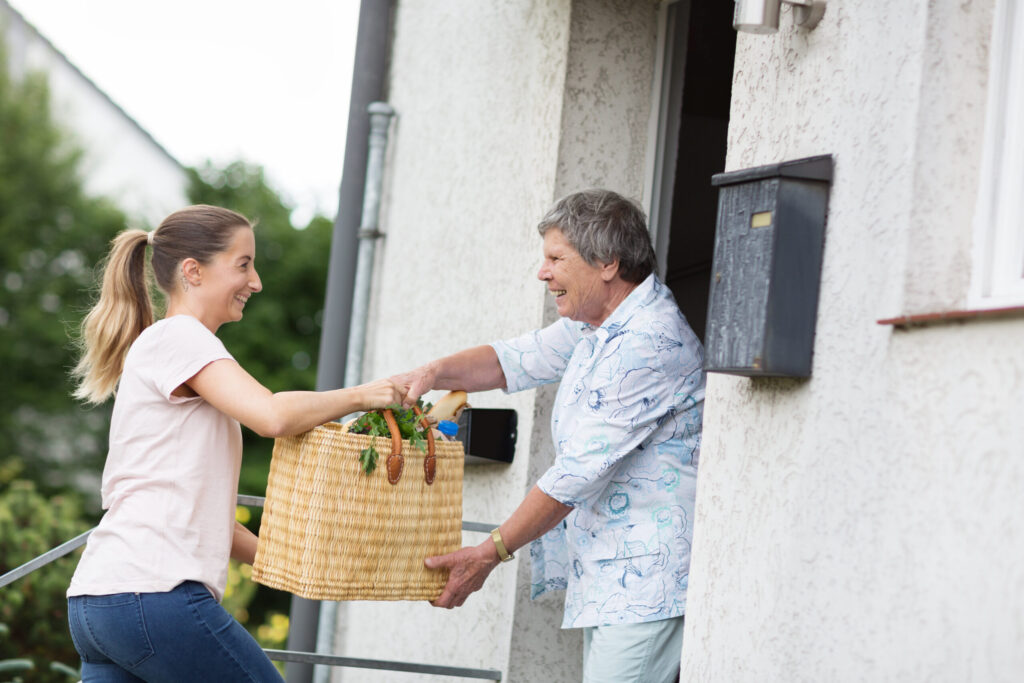As we age, our homes, which once served as sanctuaries of comfort and independence, can become potential sites for accidents and injuries. National Safe at Home Week, observed annually, serves as a crucial reminder to evaluate and modify our living environments to ensure they remain safe and accommodating, especially for our senior population. Home modifications not only enhance safety but also foster independence and peace of mind for seniors and their families. This article explores essential home modifications to enhance senior safety, focusing on practical changes that can significantly reduce the risk of accidents.
Understanding the Importance of Home Safety for Seniors
Aging brings about various physical changes, including reduced vision, decreased mobility, and slower reaction times. These changes can make everyday activities more challenging and increase the risk of falls and injuries. According to the Centers for Disease Control and Prevention (CDC), falls are the leading cause of injury and injury-related deaths among older adults. Therefore, making homes safer for seniors is not just about comfort; it’s a critical aspect of preventing injuries and promoting well-being.
Key Areas for Home Modifications
1. Entryways and Exits
The first area to consider is the entryway. Steps and thresholds can be hazardous for seniors with mobility issues. Installing ramps with non-slip surfaces and sturdy handrails can make a significant difference. Ensure that pathways are well-lit and free from obstacles. Motion-sensor lighting is an excellent addition, providing illumination only when needed.
2. Bathrooms
Bathrooms are notorious for being accident-prone areas. To enhance safety:
– Install Grab Bars: Securely install grab bars near the toilet, shower, and bathtub. They provide essential support and prevent slips.
– Non-Slip Mats and Flooring: Use non-slip mats in the shower and bathtub. Consider non-slip flooring to reduce the risk of slipping on wet surfaces.
– Shower Chairs and Handheld Showerheads: A shower chair offers a stable seating option, and a handheld showerhead provides greater control and flexibility.
– Raised Toilet Seats: Raised toilet seats can make sitting and standing easier, reducing strain on joints and muscles.
3. Kitchens
Kitchens should be organized to minimize the need for reaching and bending:
– Accessible Storage: Arrange frequently used items within easy reach. Use pull-out shelves and lazy Susans to make accessing items easier.
– Lever-Style Faucets: Replace traditional faucets with lever-style ones that are easier to operate, especially for seniors with arthritis.
– Adequate Lighting: Ensure countertops and cooking areas are well-lit. Under-cabinet lighting can help illuminate workspaces.
4. Living Areas
Living rooms and bedrooms should be free of tripping hazards:
– Remove Clutter: Keep floors clear of unnecessary items. Use cord organizers to prevent tripping over electrical cords.
– Furniture Arrangement: Arrange furniture to create clear pathways. Avoid sharp corners and ensure furniture is stable.
– Rugs and Carpets: Secure rugs with non-slip backing or double-sided tape to prevent them from slipping.
5. Stairs
Stairs pose a significant risk for falls. To enhance stair safety:
– Sturdy Handrails: Install handrails on both sides of the staircase. Ensure they are at a comfortable height and securely fastened.
– Non-Slip Treads: Apply non-slip treads to each step to provide better traction.
– Good Lighting: Install adequate lighting at the top and bottom of the stairs. Consider motion-sensor lights for added safety.
6. General Modifications
Beyond specific rooms, there are general modifications that can enhance overall home safety:
– Emergency Alert Systems: Install emergency alert systems that seniors can use to call for help if they fall or have an accident.
– Smart Home Technology: Utilize smart home devices like voice-activated assistants, smart locks, and security cameras to enhance safety and convenience.
– Smoke and Carbon Monoxide Detectors: Ensure smoke detectors and carbon monoxide detectors are installed and functioning correctly in all key areas of the home.
Promoting Independence and Peace of Mind
Home modifications not only make living spaces safer but also promote independence for seniors. The ability to navigate their home with ease and confidence can significantly impact their quality of life. These modifications provide peace of mind for family members, knowing that their loved ones are living in a safer environment.
Conclusion
National Safe at Home Week is an opportune time to assess and modify our homes to enhance senior safety. By focusing on critical areas such as entryways, bathrooms, kitchens, living areas, and stairs, we can make meaningful changes that prevent accidents and injuries. Implementing these modifications ensures that our homes remain havens of comfort and security, enabling seniors to live independently and with dignity. As we honor this week, let us commit to creating safer living environments for our aging population, fostering a community where everyone can thrive.

